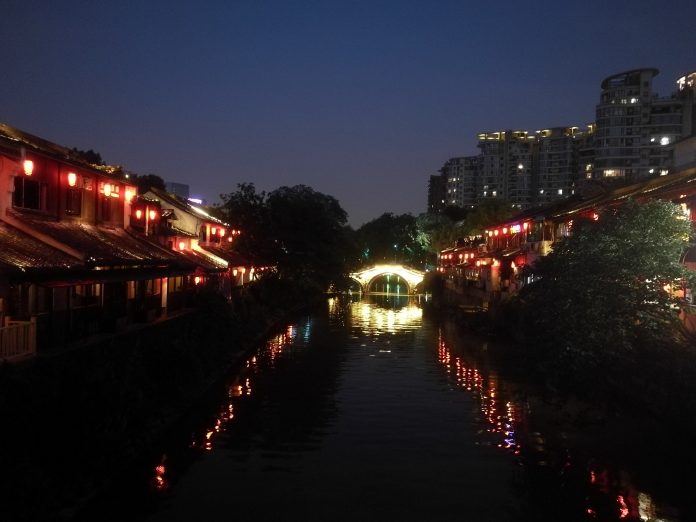Design Thinking
“Design Thinking” – our second core module for ALP kickstarted this week. The theme of our course is “This book is a <blank>”, with the blank left empty for us to fill in. Coursework for the module consists of 2 parts:
1) Devising an abstract, novel and yet profound concept to fill in the blank
2) Designing a series of paper actuators to express the concept
The paper actuators would then be incorporated into a book. PLA, a core material used in the creation of our paper actuators has the following properties; upon applying it to paper strips, it causes the paper strips to be straight when heated and curved when cooled. With this knowledge, we were tasked to design paper actuators with structural forms that varied with temperature.
Our initial concept was an umbrella, inspired by the properties of PLA. Rainy weather is simulated by the cooling process which results in the curving of each paper strip to form an umbrella structure. After some experiments with our preliminary design, we realised that the curving of straight rectangular paper strips was insufficient to achieve our desired umbrella structure. (To achieve the umbrella structure, each paper strip must curve 90° but our paper strip can only curve a maximum of 30°) We then proceeded to brainstorm for more feasible designs to realise our desired effect. After some research, we arrived at a spiralling pattern design inspired by rotating gears. Essentially, we substituted the straight rectangular paper strips for curved rectangular paper strips as each unit. When left to cool, each of these curved rectangular paper strips would curve at an angle and the combined effect would transform the 2D spiralling structure into a 3D dome like structure.
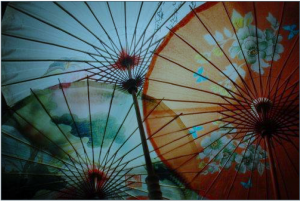
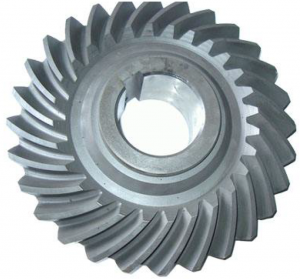

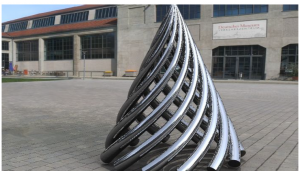
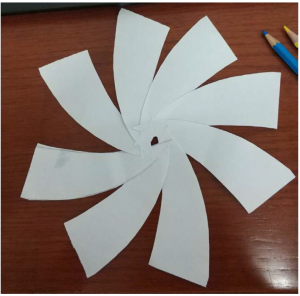
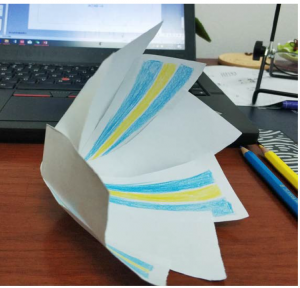
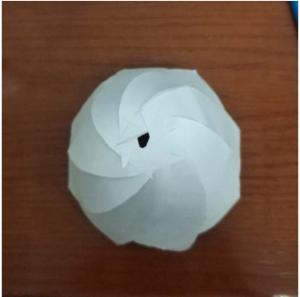
The TA was pleased with our design of the paper actuator but he suggested that we come up with a more abstract and profound concept to explain it. To him, the 2D to 3D transformation of the paper actuator has much wider implications than just an umbrella. He likens the transformation to that a seedling sprouting out from the ground which symbolises growth.
What I was thinking however, was the concept of resilience or 打不死的小强 as the Chinese calls it. Being able to prop back up into a 3-D structure every time it is left to cool after being heated – a representation of adversity (where it becomes flat; 2D), is symbolic of one’s indomitable spirit.
Theme Field Trip
We had our first ever company visit to ERIC, an architectural firm that our professor works with. One thing special about the firm is that it is vertically integrated; it handles everything from the designing to the construction of a building. The main takeaway I got from the visit was that the design of a building is always personalised, there will never be a “one size fits all” design that would appease every client.
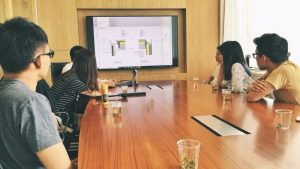
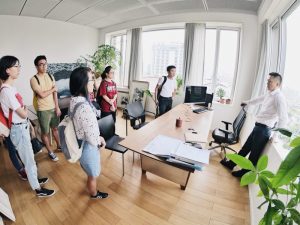
Following that, we made a trip to 河防街, 南宋御街 and 吴山景区, all of which I have been to before, so I did not take any photos there. But thankfully, there’s this group photo that our TA took for us at 吴山景区 in front of this 731-year-old ancient tree.
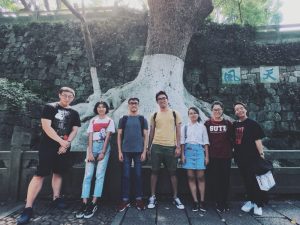
My Own Travels
小河直街
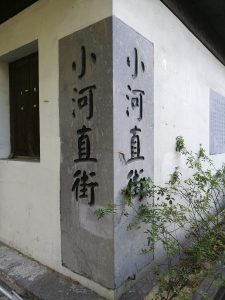
Xiaohe Historical Street lies at the intersection of the Grand Canal, Xiaohe river and Yuhangtang river. Flanked by traditional black-tiled-roofed, white wall residences and shops, Xiaohe Historical Street offers a glimpse into the history and culture of Grand Canal waterside life scape.
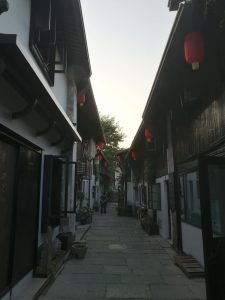
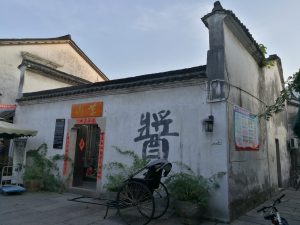
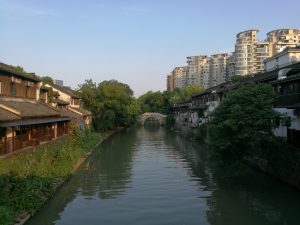
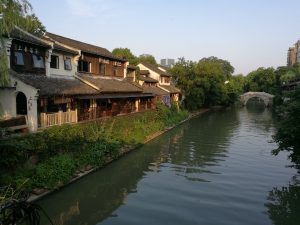
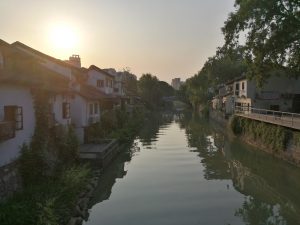
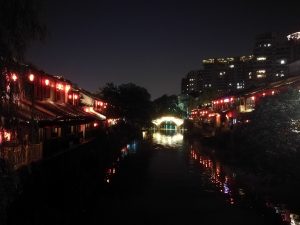
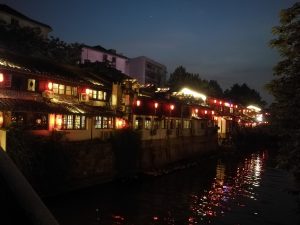
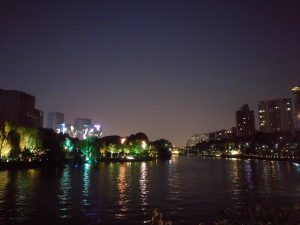
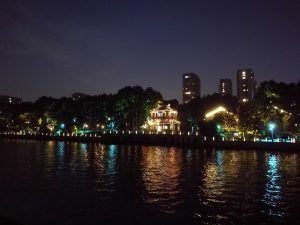
胡雪岩故居
Built in the late Qing Dynasty, Hu Xueyan’s former residence, reputed to be the most luxurious mansion in ancient China, is an amalgam of traditional Chinese and Western architecture. I was especially fond of the meticulous landscaping within the residence – the karst caves, the streams, the pond, the rockery and the greenery were simply splendid!
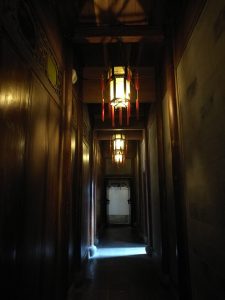
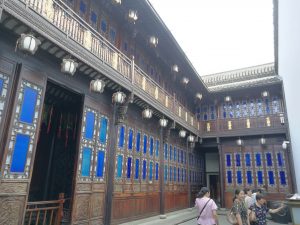
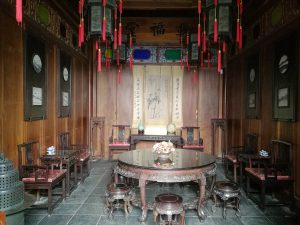
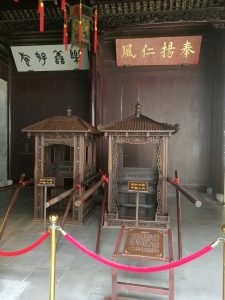
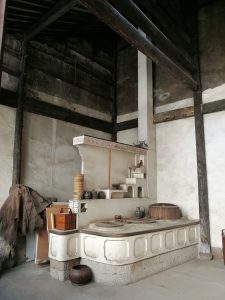
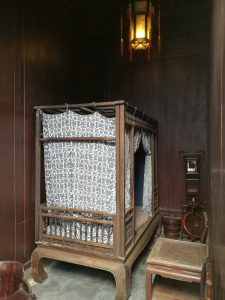
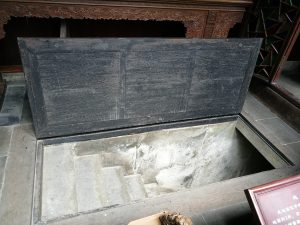
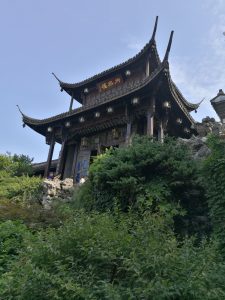
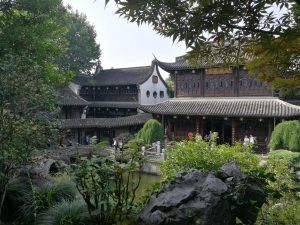
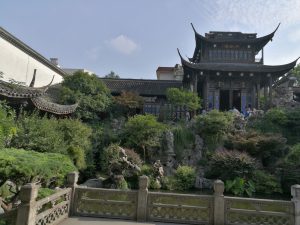
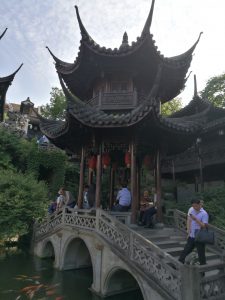

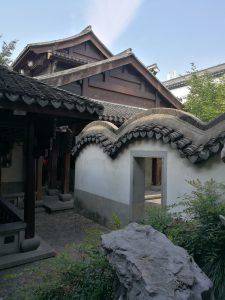
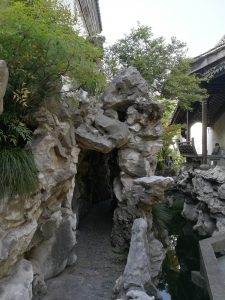
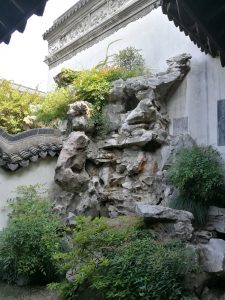
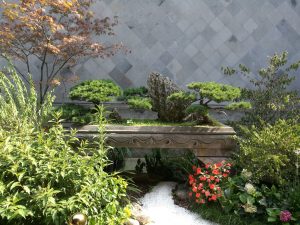
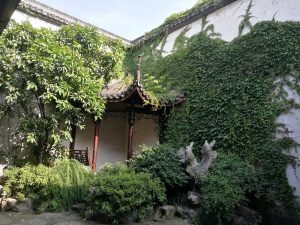
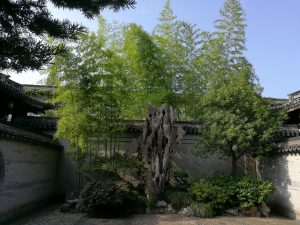
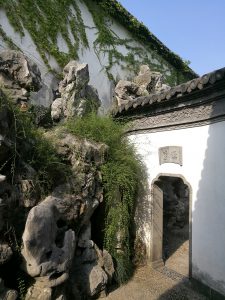
As much as I adore the landscape within the residence, I found the visibly pristine doors, wooden pillars and roof support among the aged walls to be disturbing. The combination of old and new was just peculiar. What bothers me most however, are the conspicuous ATM machines placed along the walkway. I acknowledge that the ATM machines are necessary but they should be positioned at inconspicuous spots and not in the open. Hu Xueyan’s former residence is supposed to be a place of history; modern inventions and strangely new building parts just ruins the historical atmosphere.
All these visits to cultural heritage sites set me thinking. How do we draw the line between restoring a heritage site and contaminating it? On one hand, we would like to restore a heritage site to its former glory by means of renovation but on the other hand, in doing so we are compromising on its historical integrity. Take Hu Xueyan’s former residence for instance, the stark contrast between the state of the restored and original portions is just discomfiting.
That’s all from me this week.




















